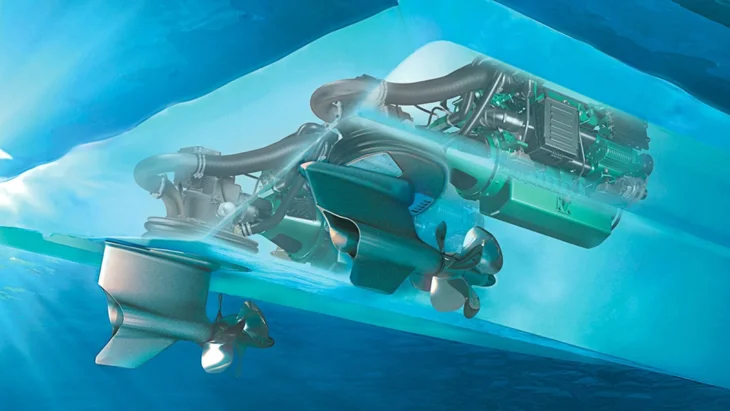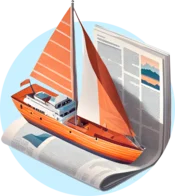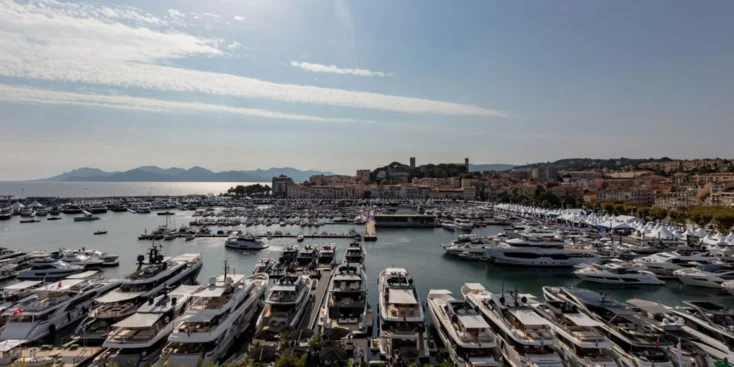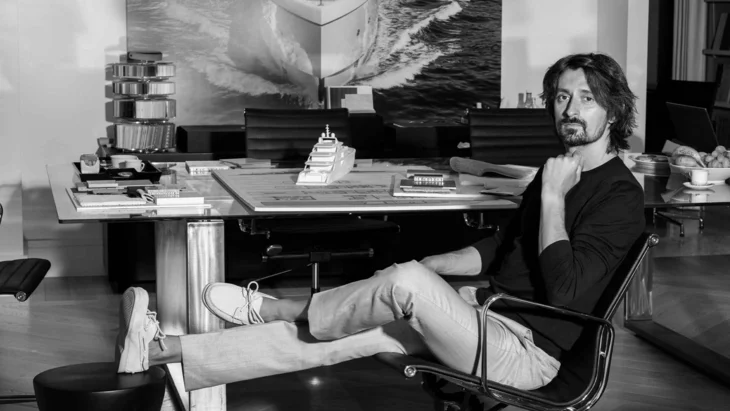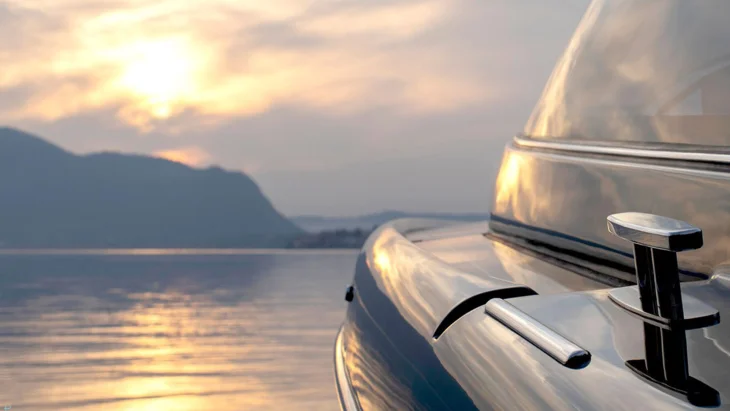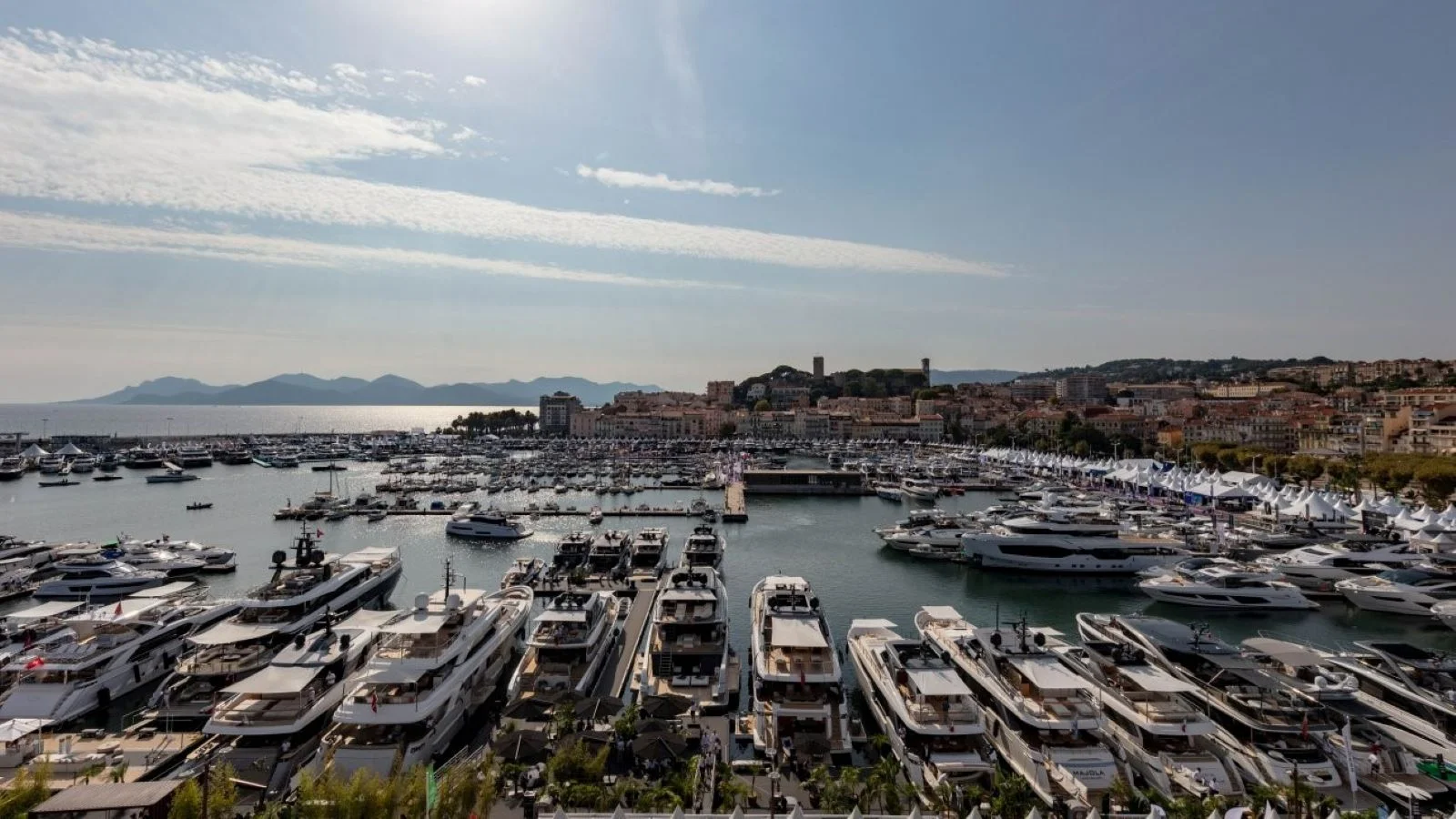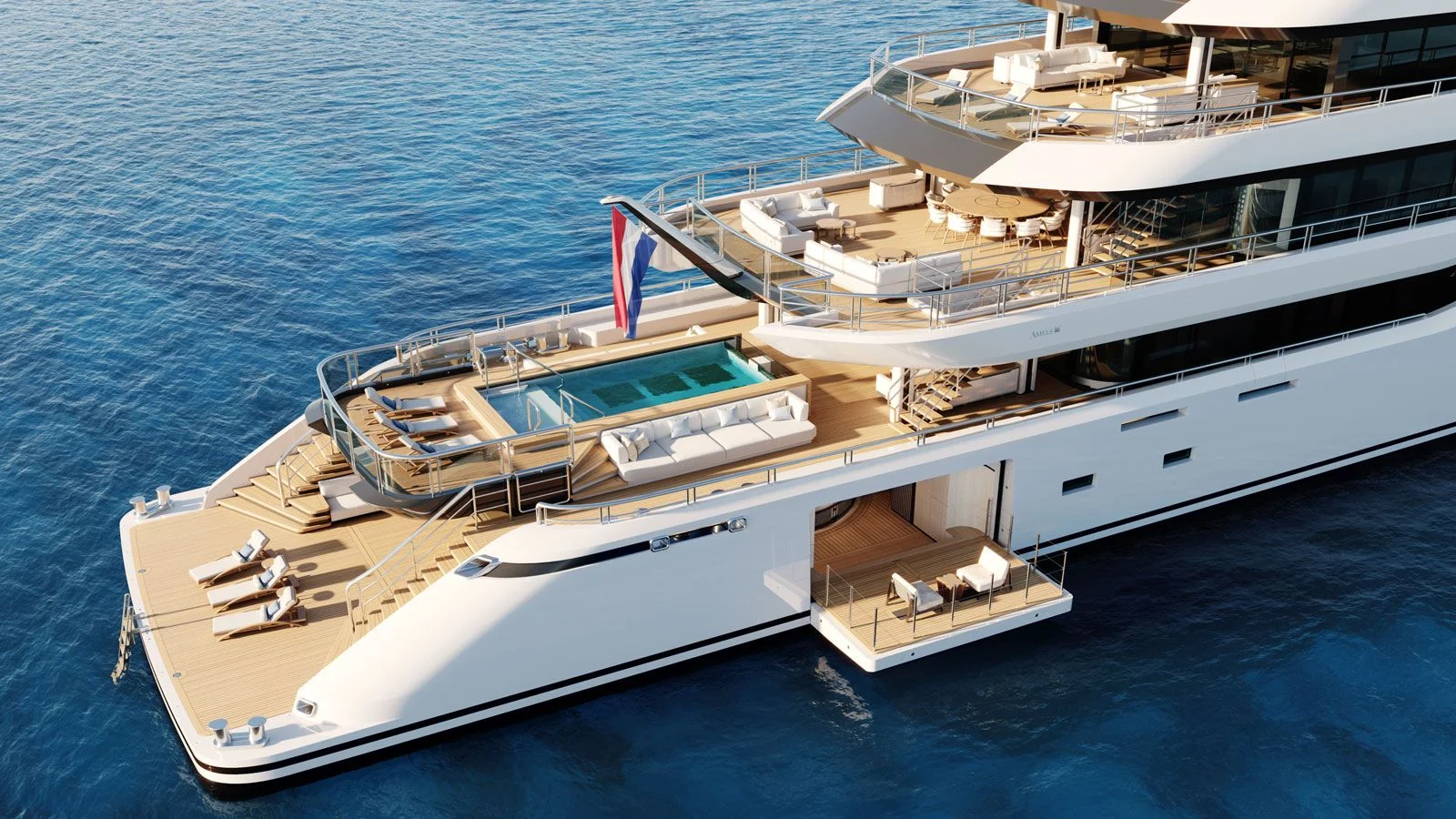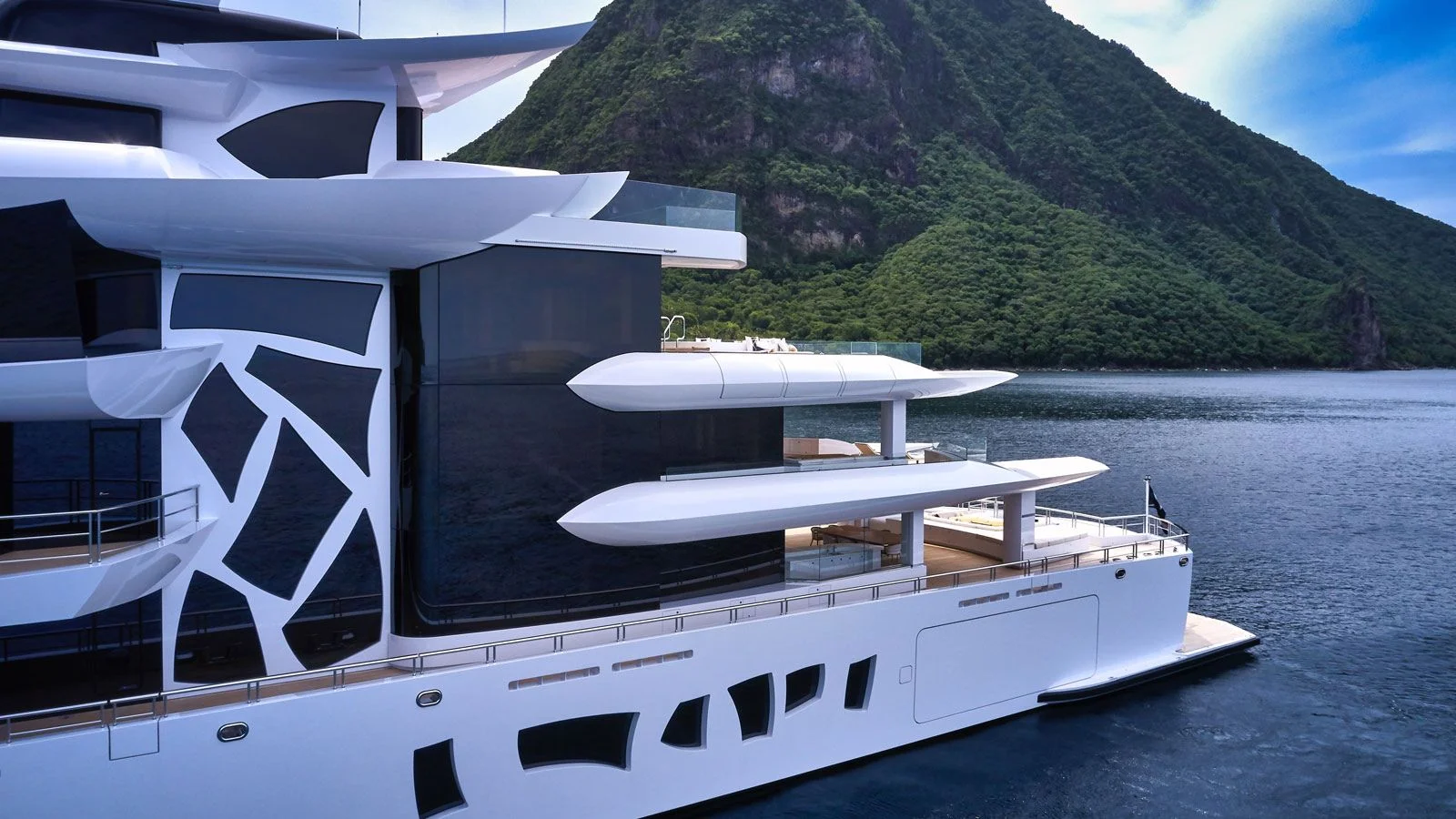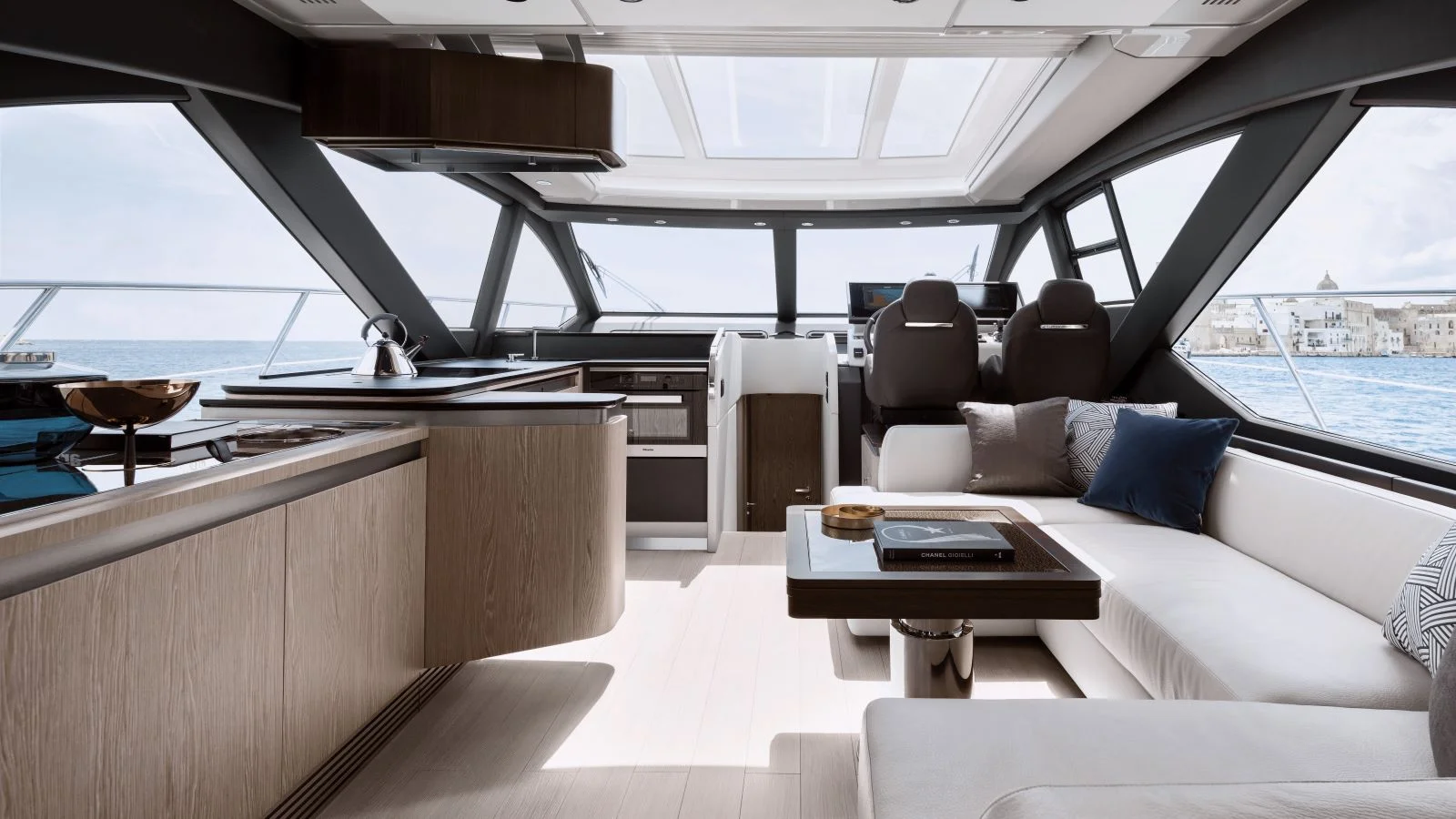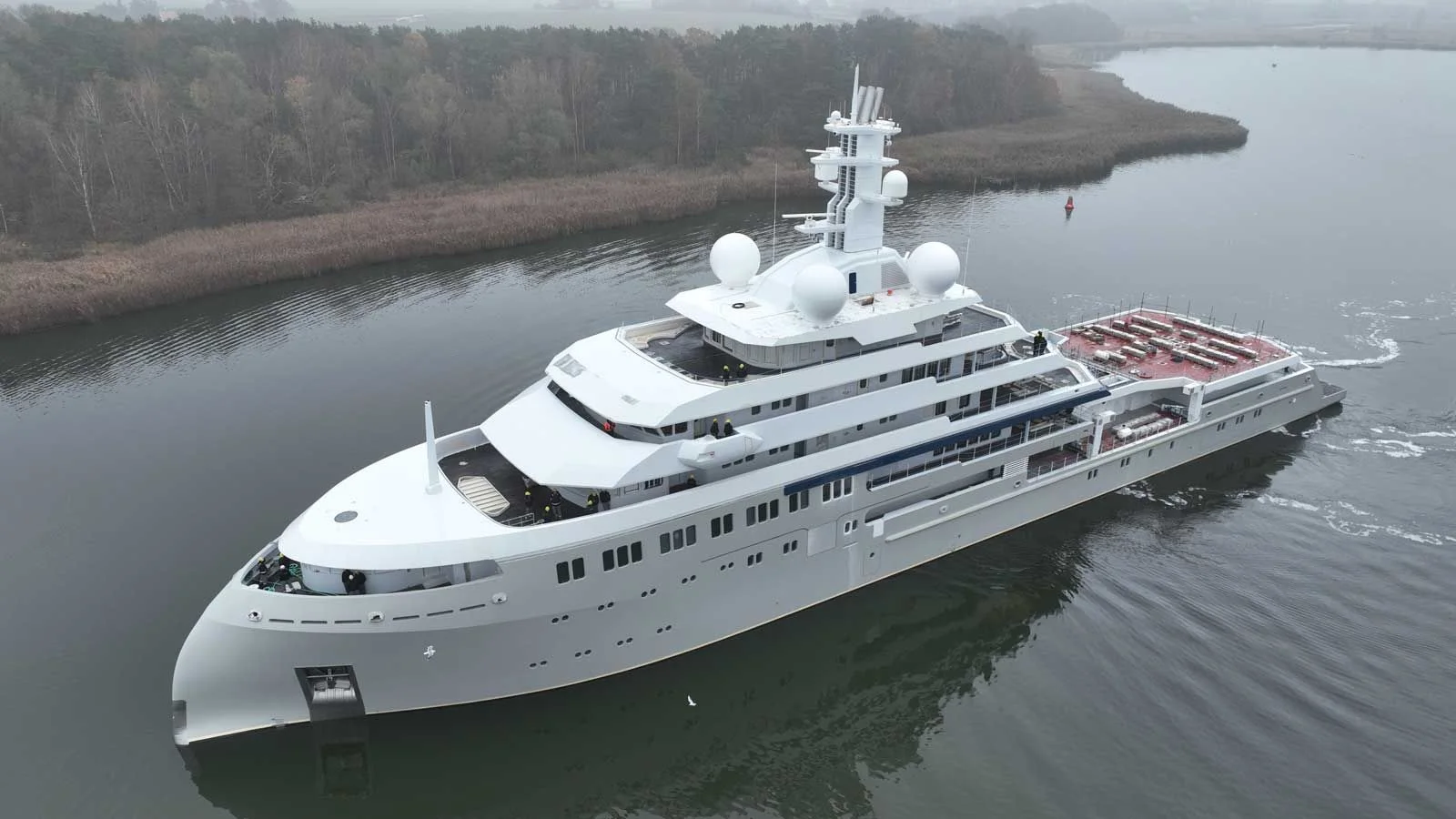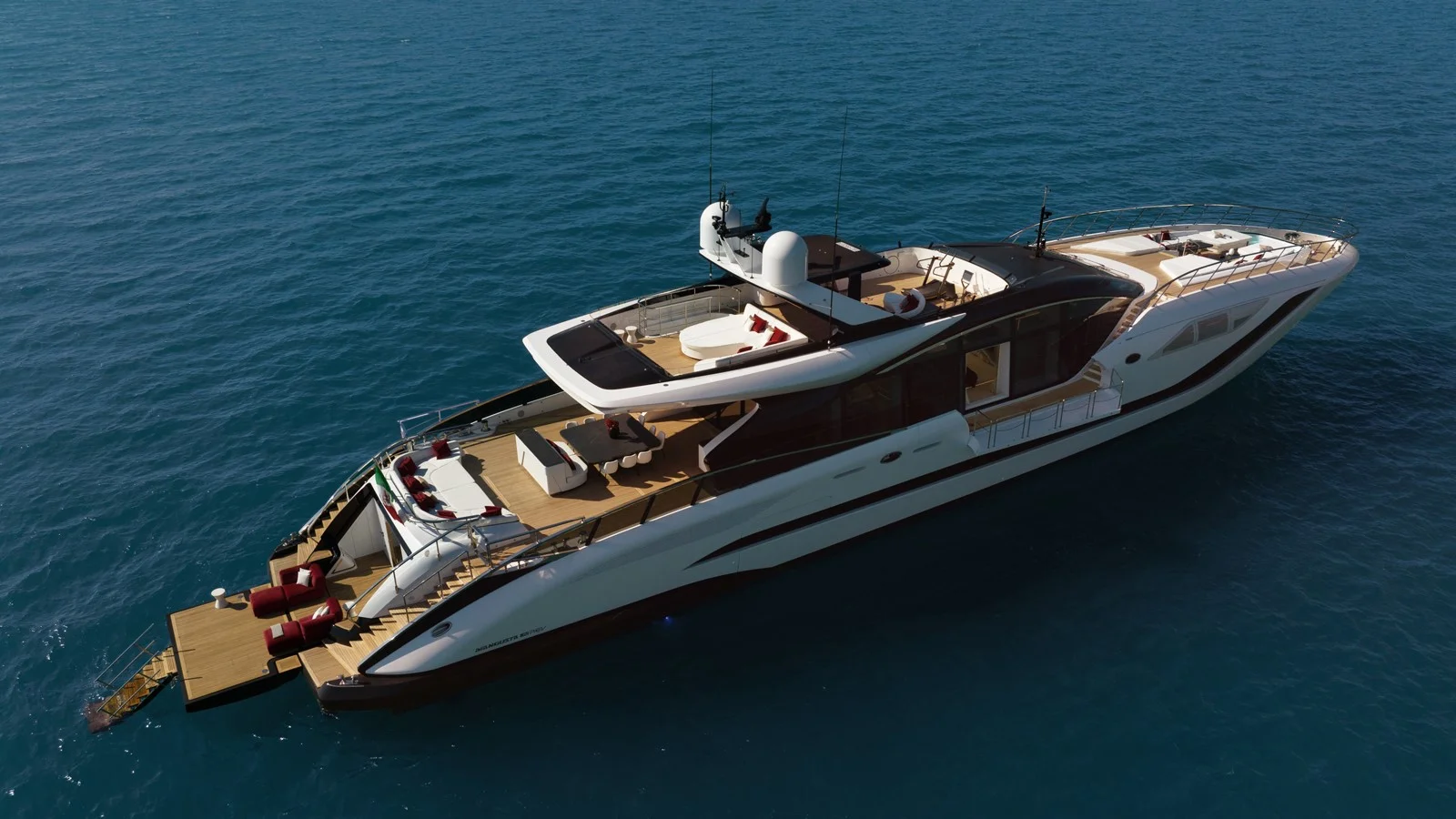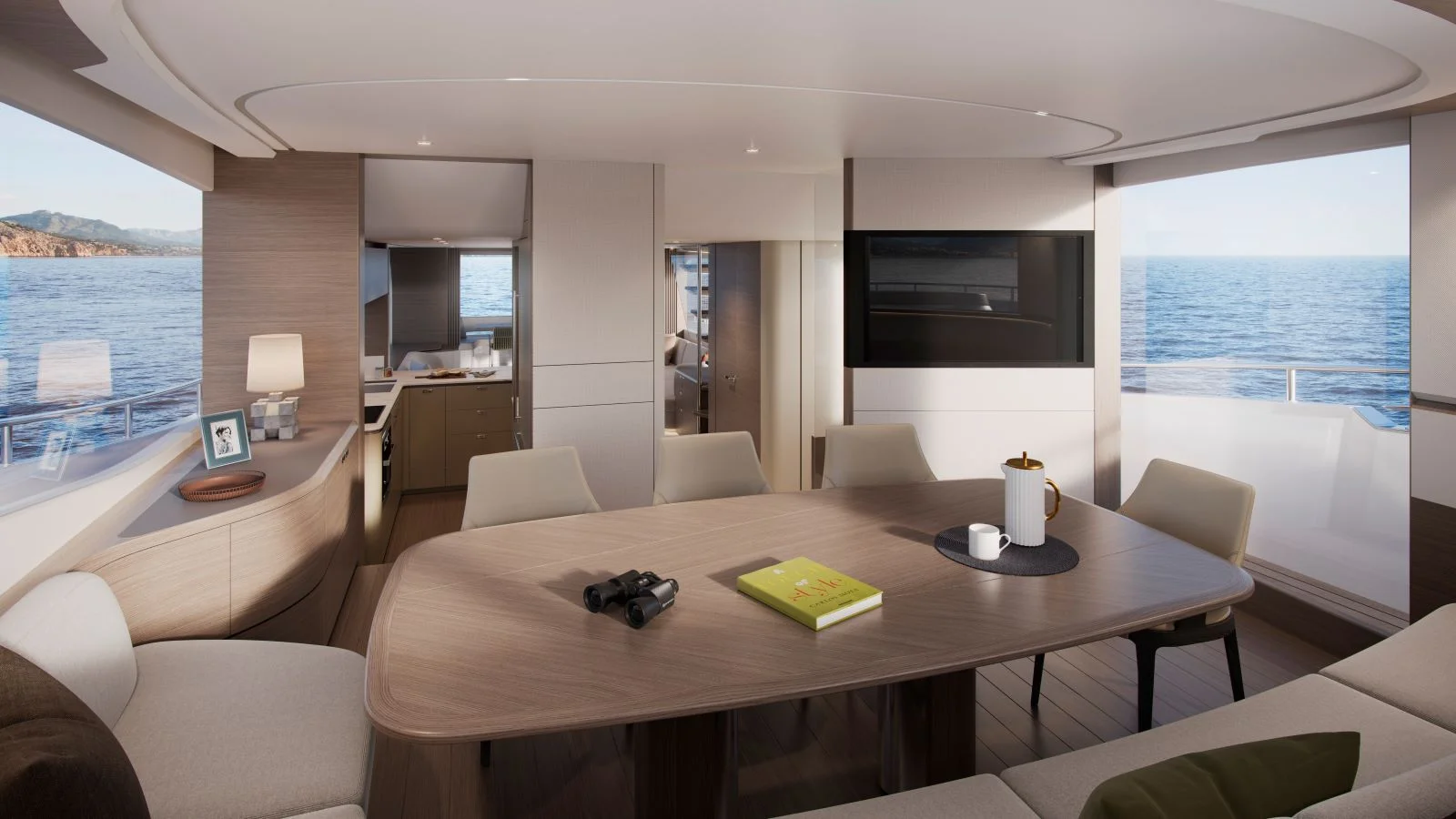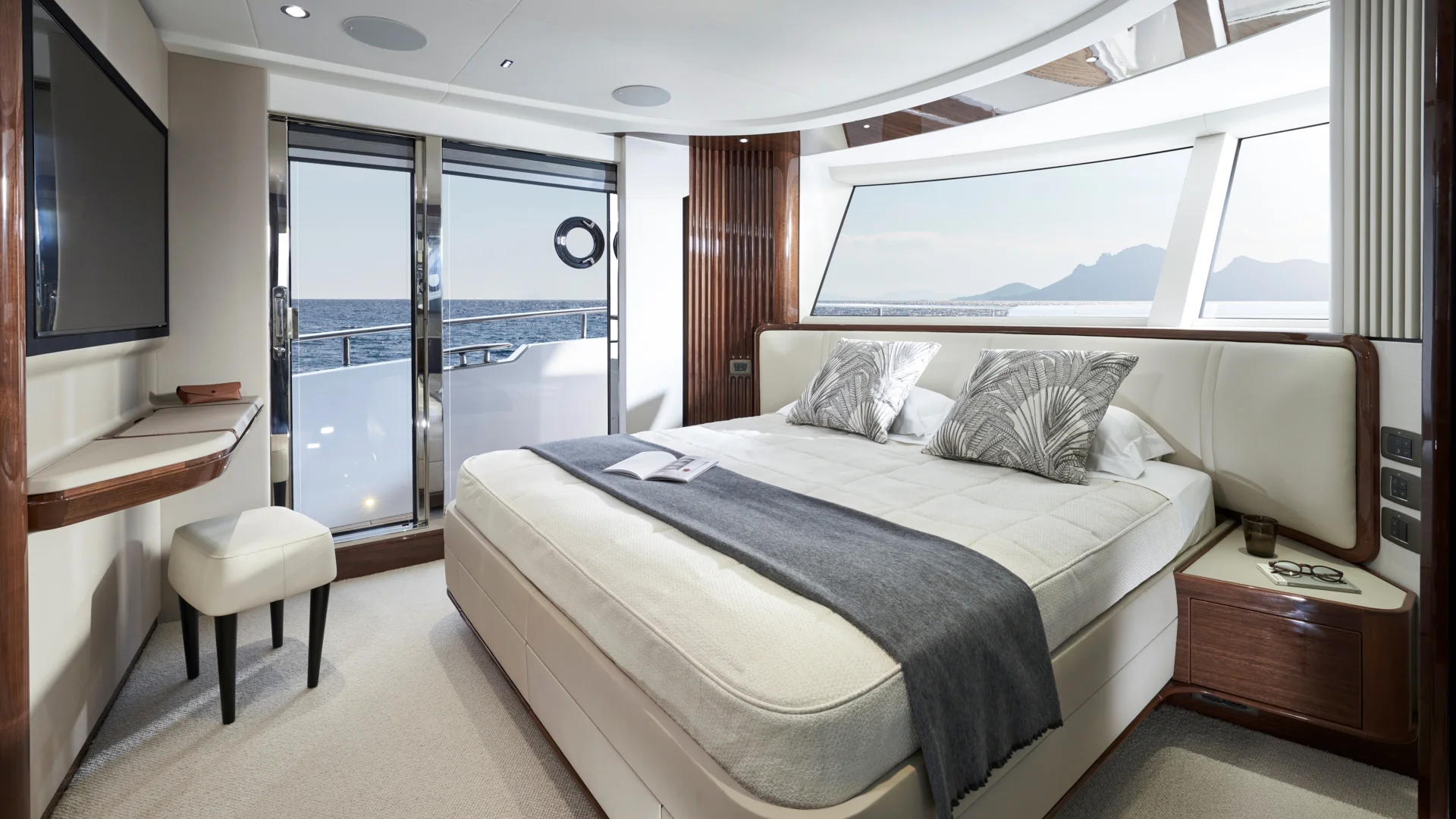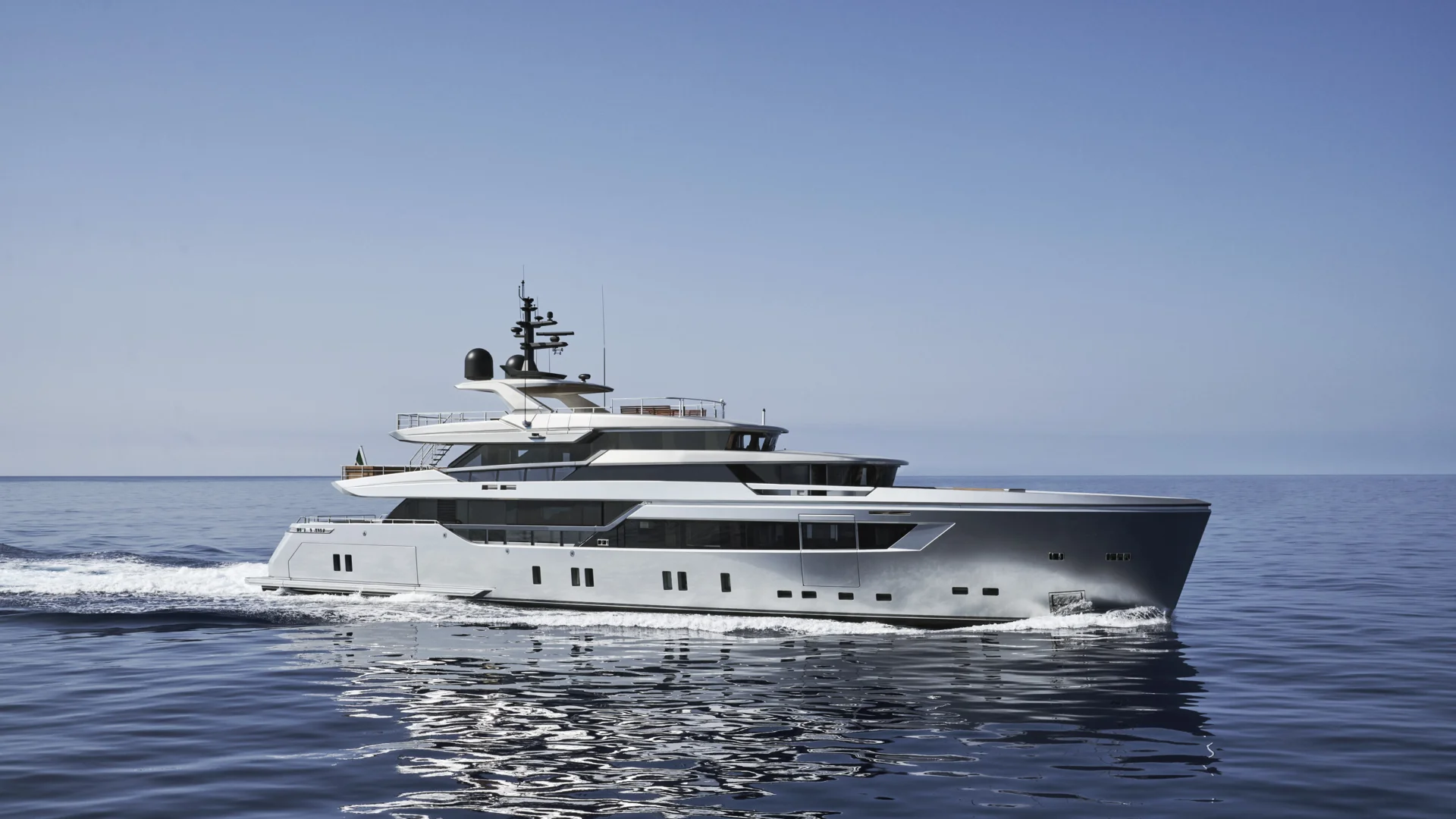Custom, semi-custom, platform or production yacht?
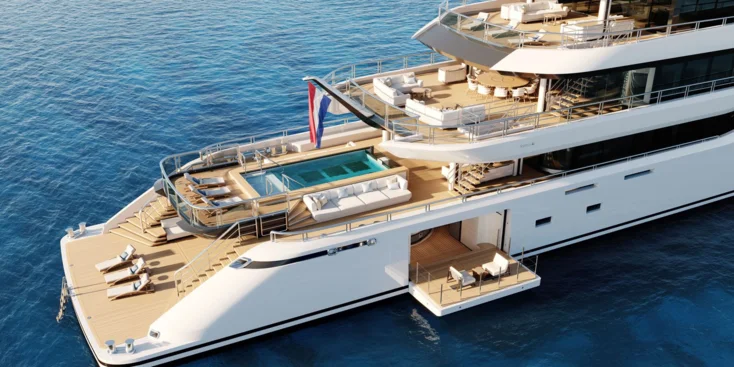
Some owners do need their boat to be a one-off
Others are not so picky and are ready to put up with elaborate, proven solutions. The third ones are not ready to change everything dramatically, but they’d love to tweak a few things, so that the boat would fit their habits, meet their needs and reflect their idea of beauty. The answer to the question how unique a yacht can be is actually all about the approach that you opt for: production, custom, semi-custom or platform.
Production yachts
Just like cars, these are pre-engineered models with an opportunity to choose certain options and variations like the colour of the hull / superstructure, engines and drives, some extra equipment like navigation, generators, stabilizers, etc. And as a yacht - in contrast to a car - is not just a means of transport but also a home, the lion’s share of all these opportunities is about finish and layout.
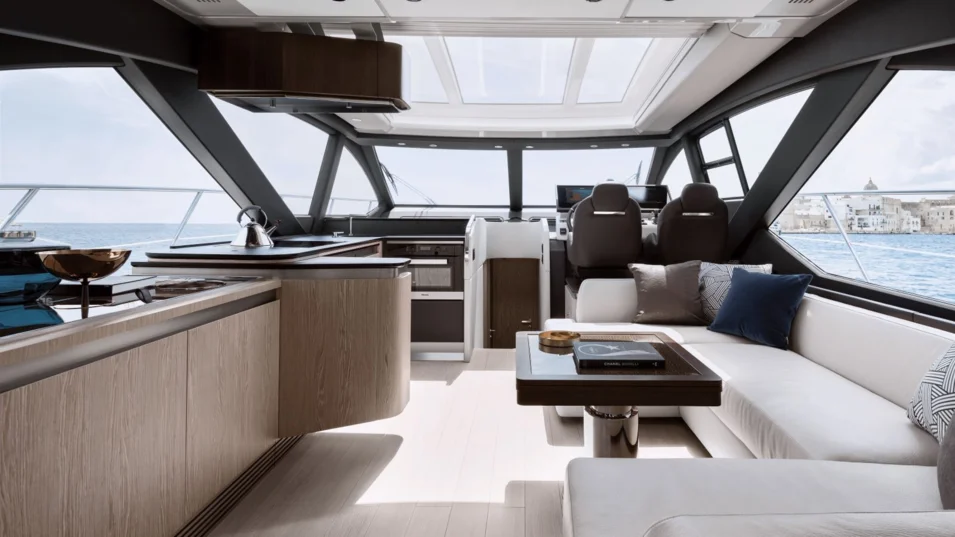
The rule of thumb is the larger the yacht, the more potential for individualization it has. The “threshold” for a sharp rise in opportunities is about 80 ft (24 m). Besides, a lot depends on the shipyard: how ready it is to diverge from the typical production process and whether it’s got capacity for it.
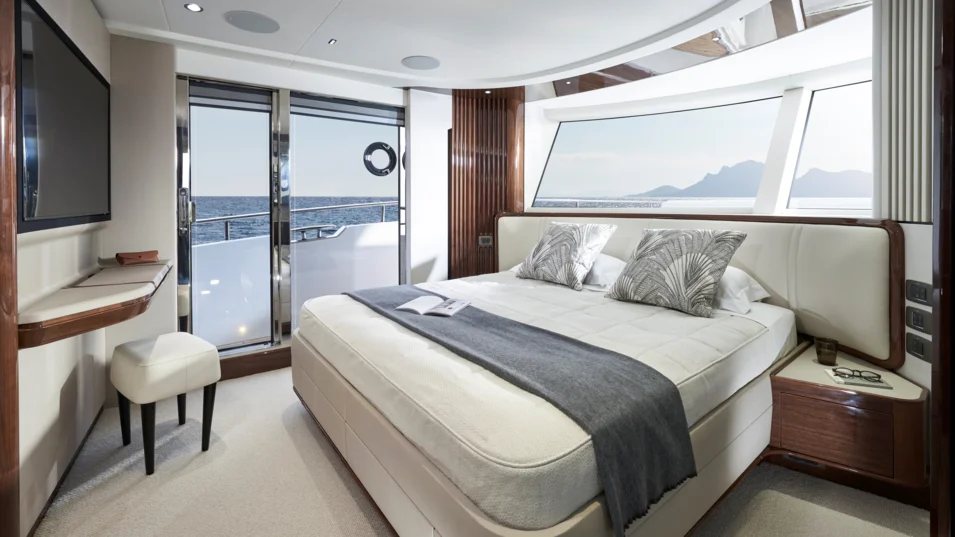
Most shipyards lay the groundwork for several model options in advance, as it does influence the success of the model on the market. As a rule, they are different layout options: one can choose the number of cabins and bathrooms; the saloon, flybridge and aft cockpit layout; a galley on the upper or on the lower deck, etc.

You can choose the option that suits you best, but you can’t change the boat layout completely. The same applies to finish: you probably will have a variety of woods, fabrics and other materials to choose from, but you’re unlikely to be able to change the style dramatically. Although there might be some exceptions like Sanlorenzo production yachts. The principle of their production is “there can’t be two identical Sanlorenzo yachts”. Apart from numerous layouts offered but the shipyard, many of the yachts get their interiors created by famous designers and architects.
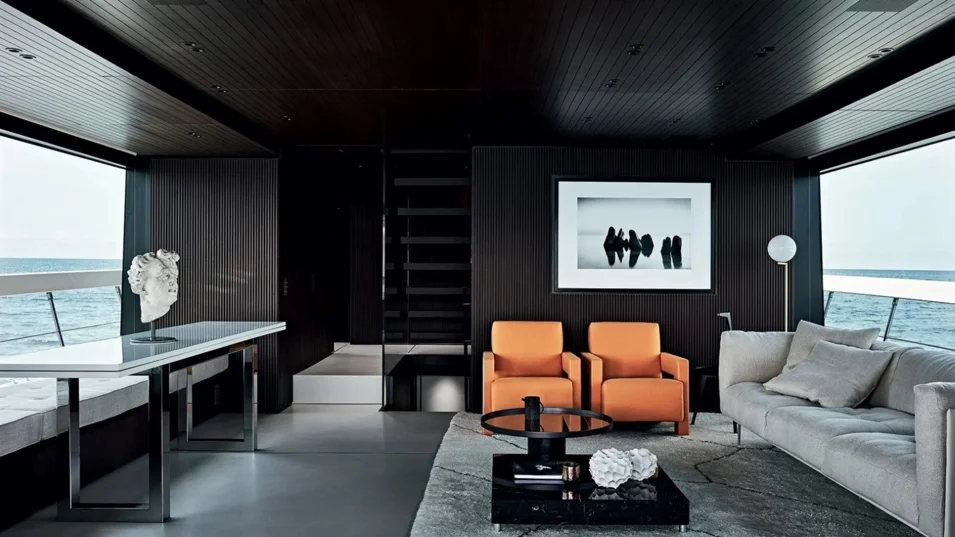
You can’t change the hull or the superstructure configuration, except for installing a hardtop over a flybridge. You can’t change the main onboard systems either, as their configuration affects the vessel’s weight distribution directly. However, sometimes it’s possible to get more capacious fuel tanks, for instance. But it’s highly unlikely that you’ll be able to add more portholes or change their shape or extend the flybridge or put a jacuzzi where it had not been planned to be. It’s easier to find another, more suitable production model.
Custom yacht
This is simple: they are individual projects that are the exact opposite of production ones. They are designed from scratch for a particular customer – from the hull lines to all onboard systems and the interior. To put it simply, everything depends on your imagination, technical requirements and the size of your wallet.
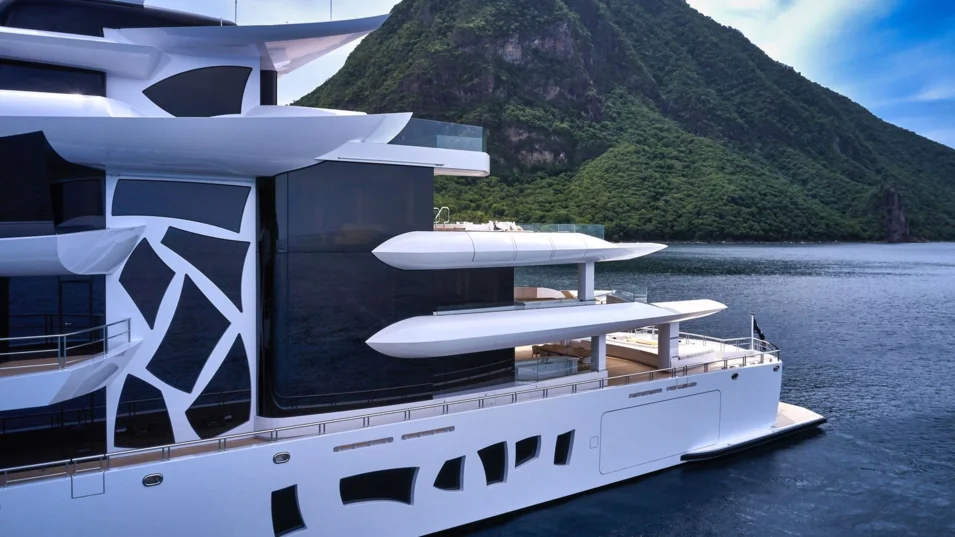
Although sometimes custom yachts can be of a smaller size (particularly the speed boats, sport ones or other specialized boats and custom tenders), large superyachts over 30 m long are custom made. Firstly, designing and building custom yachts is really costly. A small or a mid-size yacht will turn out to be golden compared to a production boat of a similar length. Secondly, building a custom yacht takes long. The process can last a few years, so for those who want to get the most customized yacht but within a relatively short period of time, there is an alternative solution.
Semi-custom and platform yachts
The abundance of various interpretations in this category of yachts proves that it is a multifaceted phenomenon indeed. In fact, the term ‘semi-custom’ is quite ambiguous, and is sometimes used about mid-size production models with a high level of individualization. It is mainly a ‘sin’ of shipyards with a smaller production volume that are ready to work with each customer’s demands. As a rule, they are family yards, mainly from Holland or Italy. And indeed – even based on one and the same hull, the yachts turn out to be quite different. Some large shipyards do offer a high level of individualization of some of their production models at times, but they call it ‘wide customization possibilities’ and don’t reclassify them as ‘semi-custom’ ones.
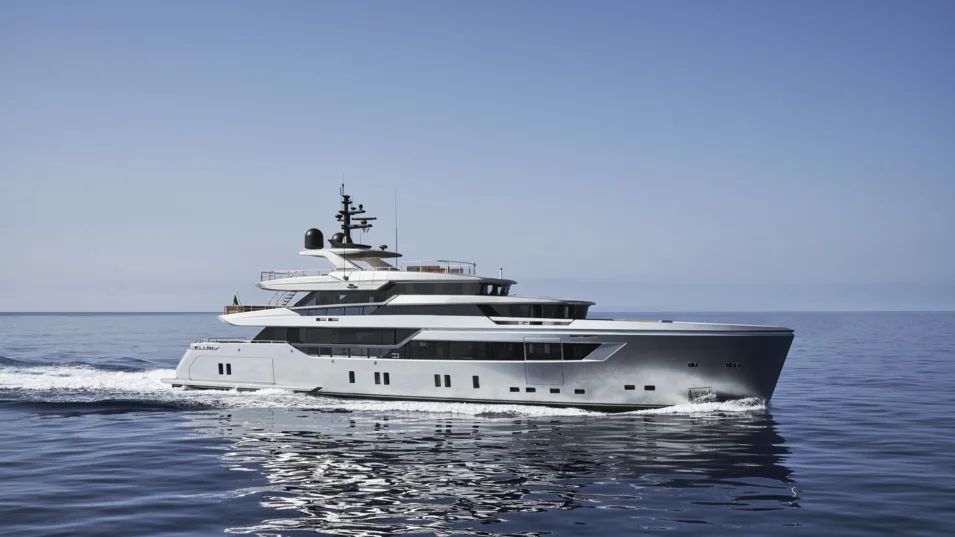
There is another category of manufacturers that claiming that they build custom superyachts, although in fact they create them on the basis of the same pre-designed projects – engineering platforms. It gives rise to a reasonable question: what is the difference between a production yacht project and an engineering platform? It is all about the scale and the possibility to make changes. As it has already been mentioned above, the potential for individualization increases sharply with the size of the yacht. So first and foremost, an engineering platform is the hull and the main systems. All the rest – from equipment to layout and interior – is very individual. And in contrast to production yachts, one can change the superstructure and even make some changes to the hull on the platform ones.
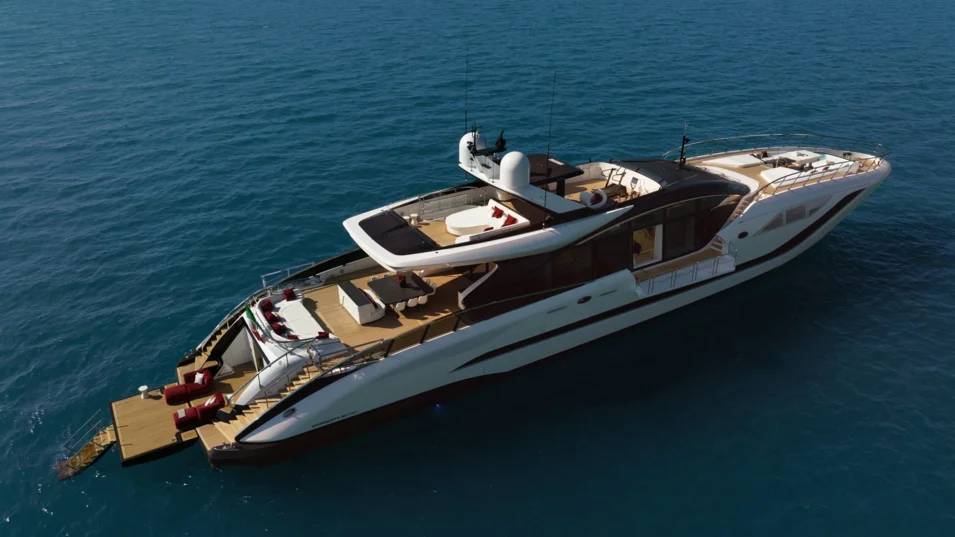
Today a lot of large yards that had specialized in custom yachts for decades offer ‘platform projects’ as well, but they stick to calling them ‘custom yachts’. Such series are available from the Dutch Amels, Moonen and Heesen, the Italian Custom Line, Benetti, Baglietto, Sanlorenzo and many others. If one wants to split hairs, then they are certainly not custom, but semi-custom or platform yachts. But a lot of experts in the field turn a blind eye to it, as this approach does have a ton of advantages. For example, it is more beneficial both for the yard and for the customer, as the high cost of project development is distributed over a few (and sometimes a lot of) hulls. The build time goes down due to the fact that the yard can also use their own funds and start building the hulls on speculation, finding the customer by the moment it’s time to develop her individual features. There are fewer risks there: it’s a proven platform, a few hulls have been created on its basis, which minimizes any ‘surprises’ during the construction period. And finally, customers are happy with this level of individualization, because it is very high indeed.
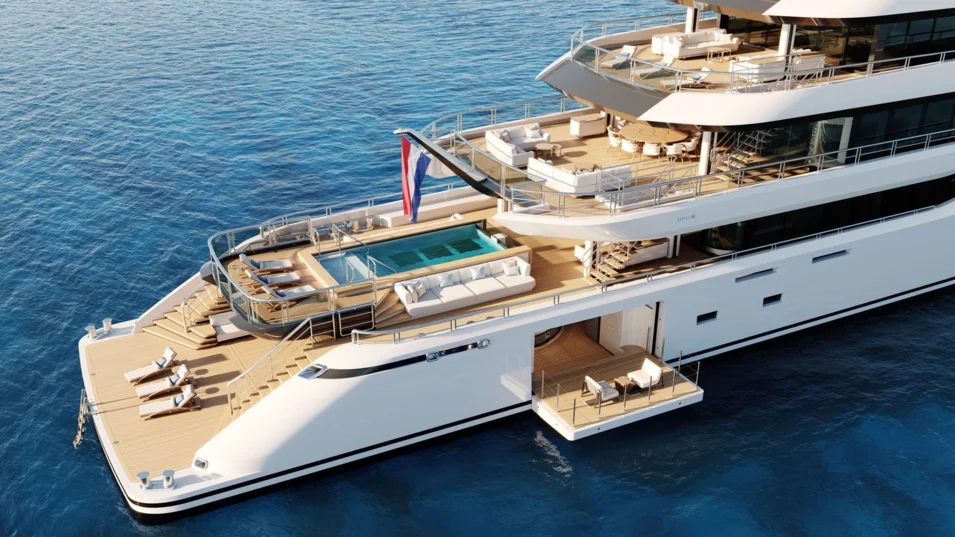
However, there are yards that keep specializing in custom superyachts exclusively. And to stand out from the platform superyachts manufacturers they tend to use the term ‘full custom’. The yards like these that take on the most complicated, expensive and non-trivial projects, which cannot be mass-produced a priori, are the German Lurssen and the Dutch Oceanco. It is the highest level of craftsmanship in the world of superyachts, and they work mainly on a large scale: such yards have almost no projects under 80 meters.
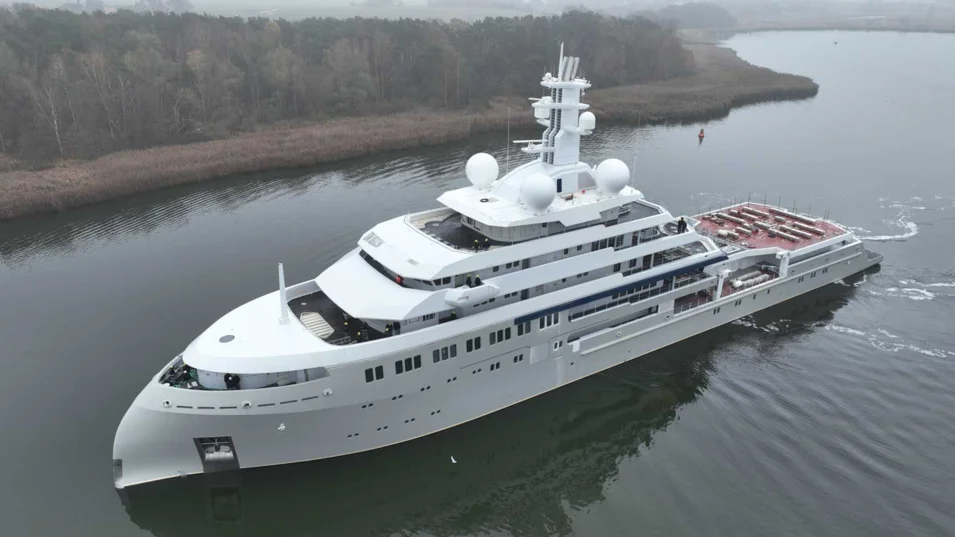
You have successfully subscribed to our newsletter
